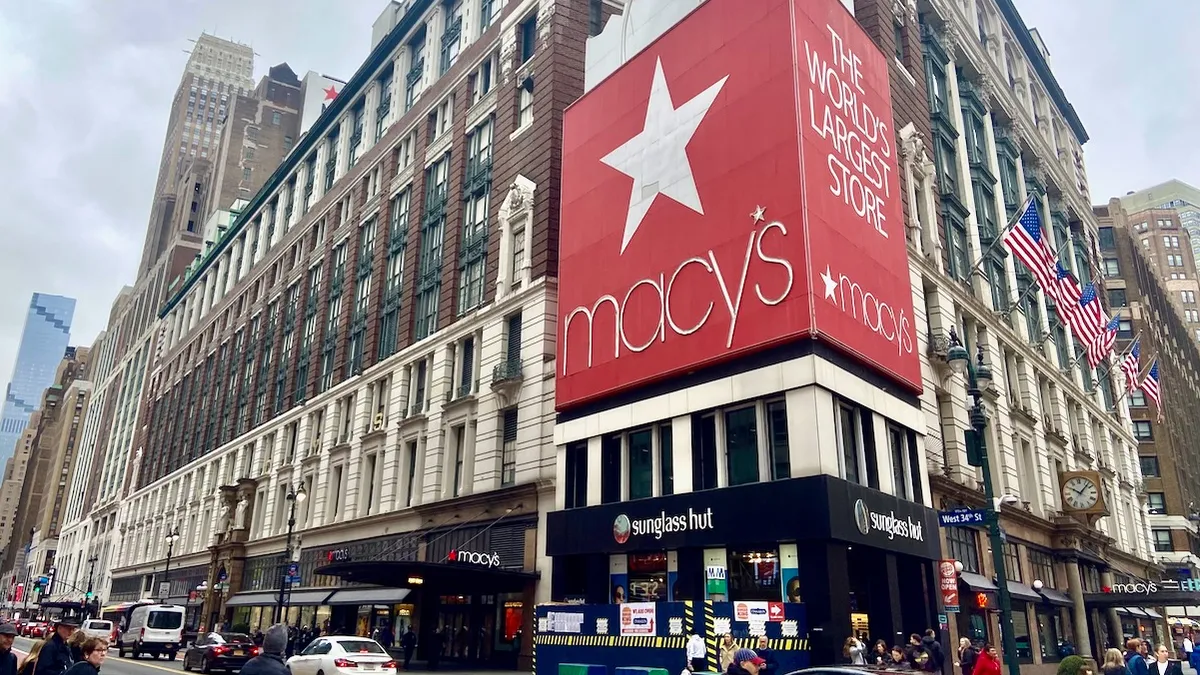As manufacturers strive for greater visibility in their supply chains, they’re continually engaging in new Internet of Things (IoT) and software initiatives to gather more data. Yet an abundance of information doesn’t always yield the actionable analytics supply chain leaders desire.
Experts say attaining basic visibility and data is only the first step in putting it all into action. Organizations must create a foundation and roadmap for what they want to attain, foster data collaboration with suppliers and engage in continuous data analysis.
A roadmap to connect the data dots
When Deloitte surveyed 500 procurement leaders last year, it found 65% had limited or no visibility beyond their Tier 1 suppliers. This is especially concerning during a time of significant market risks, such as uncertain trade negotiation outcomes, volatility in emerging markets and spillover effects from a slowdown in China.
Visibility is more important than ever in procurement because it enables organizations to optimize performance and reduce risk by predicting problems before they happen.

While many organizations are implementing new data initiatives, most aren’t investing the time and money in developing the foundation, Rafael Calderon, principal of the synchronized planning & fulfillment market at Deloitte, told Supply Chain Dive. Whether it is before or after implementing data initiatives, procurement needs a roadmap to connect the dots and fully make use of the information they’re gathering.
“You need to ensure you’re solving for a specific set of insights before you go too far in the automation process,” Calderon said. “If you can segment those insights in terms of things that are more strategic and more operational, you can get more out of it.”
One starting point is to identify the major procurement insights desired, Calderon said. From there, leaders can build a matrix to determine what elements of data they most need to create from those insights. Data can then be structured using artificial intelligence and machine learning through SaaS applications on the market. This can train bots to identify and give recommendations for when certain conditions happen, such as commodity price increases, transportation delays or a tightening of supply in a particular market.
“It’s almost like a logic tree you can build and automate so the human is augmented by the computer,” Calderon said. “It enables you to solve more conditions in a predictive manner.”
Segregating data to determine what can drive automation and what can’t will enable organizations to learn how to better use it, Chad Autry, professor of supply chain management and department head at the University of Tennessee in Knoxville, told Supply Chain Dive. Full automation can include such things as purchase requisition and vendor management while partial automation offers metrics for humans to make better decisions.
“Many organizations have the data ... The critical challenge is being able to analyze the massive quantities of data that come in quickly enough to be able to do something meaningful with it,” Autry said.
Fostering data collaboration with suppliers
Organizations will also have to establish a level of trust with key suppliers to enable them as “proxy managers” and empower them to make decisions about their inventory, Autry said. This includes establishing a set level of collaboration and how much visibility they’re going to provide their suppliers.
Procurement should identify their most critical suppliers then bring them into the conversation with the same exercises. Having all the data about the processes and materials an organization needs to operate and referencing that with visibility into suppliers can reduce the risk of variability, Calderon said. For example, suppliers of raw materials that are pegged to economic indexes should be tracked carefully with a clear understanding of how variables impact the market.
"It’s almost like a logic tree you can build and automate so the human is augmented by the computer."

Rafael Calderon
Principal of the Synchronized Planning & Fulfillment Market, Deloitte
"Having that visibility might help predict and understand when there might be some type of variability. It might signal the need to hedge and put some type of contract in place before something happens,” Calderon said.
Many of Deloitte’s clients are moving to more strategic relationships with their suppliers, Calderon said. In a typical situation, they will rank their suppliers and establish a strategic tier that has access to certain information that enables the supplier to also create its own analytics. Once the procurement organization opens those insights with the supplier, they can really start to exercise contracts of innovation together, he said.
"You need a certain level of trust and long-term commitment to truly unlock the value of those insights outside of the enterprise with your suppliers," Calderon said.
Continuous data development for predictive modeling
The real value in visibility comes from using a continuous flow of information to optimize and enhance procurement, Calderon said. Procurement should strive to create a single platform of data that enables them to run end-to-end scenarios that can trace the impact of a commercial variable all the way back to suppliers.
"It’s not like you make a data dump with your suppliers, put information in there and it’s static. You make it a continuous flow that is constantly updated and where algorithms constantly look for patterns," Calderon said.
This continuous data model across partners enables them to run supply and demand scenarios together and work towards an agreed upon set of initiatives with a joint roadmap of business planning.
"Being predictive rather than just reactive is the thing that separates the really awesome companies using data from the rest of them."

Chad Autry
Professor of Supply Chain Management, University of Tennessee in Knoxville
Another next step is to integrate more external data and visibility into the supply chain and decision-making process, Autry said. Using traffic pattern data from the Department of Transportation or weather data could integrate more predictive elements into procurement. Being able to predict where a hurricane is going and how that might impact incoming materials could enable an organization to divert shipments to the right locations at just the right time.
"Knowing where inventory is is great, but that isn’t going to be a key differentiator anymore. We need to have dashboards that tell us when an exception is coming ... Being predictive rather than just reactive is the thing that separates the really awesome companies using data from the rest of them,” Autry said
This story was first published in our weekly newsletter, Supply Chain Dive: Procurement. Sign up here.





















